

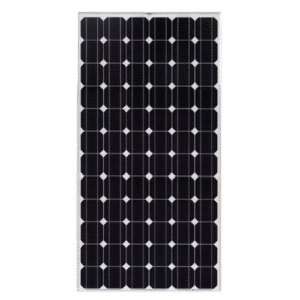
Monocrystalline solar panels are known for their high efficiency and sleek aesthetics. They are made from single-crystal silicon, which allows them to convert sunlight into electricity with exceptional efficiency. The manufacturing process involves cutting wafers from a single silicon crystal, resulting in a purer and more uniform structure. Monocrystalline panels are renowned for their space efficiency and better performance in low-light conditions, making them an excellent choice for residential installations where space is limited.
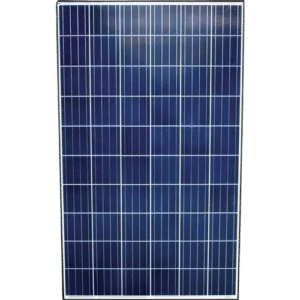
Polycrystalline solar panels are another popular option among homeowners and businesses in India. These panels are made from multiple silicon crystals, and their manufacturing process is simpler and less expensive than monocrystalline panels. While polycrystalline panels are slightly less efficient than their monocrystalline counterparts, they still offer decent energy conversion rates and are a cost-effective solution for those looking to harness solar energy without breaking the bank.
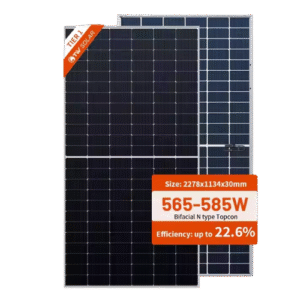
Bifacial solar panels are a relatively newer technology that can capture sunlight from both sides of the panel. These panels have a transparent back sheet, allowing sunlight to pass through and get reflected back onto the rear side, thus generating additional electricity. Bifacial panels are particularly advantageous in areas with high albedo (reflectivity), such as snowy regions, sandy surfaces, or light-colored rooftops.
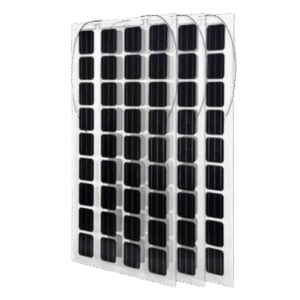
BIPV solar panels are designed to seamlessly integrate with the building’s architecture, serving both as energy generators and structural elements. These panels can take the form of solar shingles, solar glass, or solar facades. BIPV panels offer an aesthetically appealing option for those who wish to incorporate solar power without compromising the building’s design. They are commonly used in commercial buildings, malls, and eco-friendly homes.
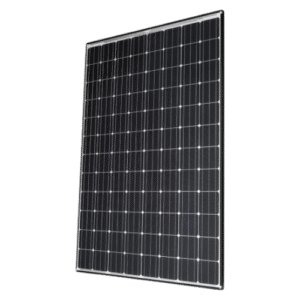
Heterojunction solar panels combine the advantages of both crystalline silicon and thin-film technologies. They use layers of amorphous silicon and crystalline silicon to increase efficiency while maintaining durability and performance in varying weather conditions. Heterojunction panels often offer better temperature tolerance and reduced degradation, leading to more extended warranties and higher overall efficiency.
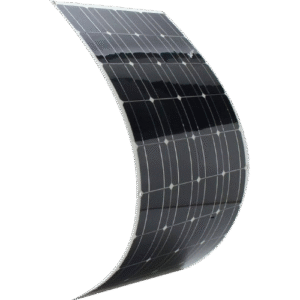
Thin-film solar panels are known for their flexibility and versatility. Instead of using silicon wafers, they are manufactured by depositing thin layers of photovoltaic material (such as amorphous silicon, cadmium telluride, or copper indium gallium selenide) onto a substrate like glass, metal, or plastic. These panels are lighter, more affordable to produce and perform better in hot weather. However, they are less efficient and generally require more significant installation space.
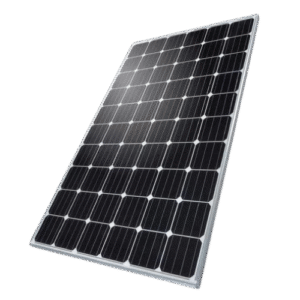
PERC solar panels are an upgrade to traditional monocrystalline and polycrystalline panels. They feature a passivated rear side that reduces electron recombination, enhancing cell efficiency. PERC technology has become increasingly popular due to its ability to boost energy output without significant changes to the manufacturing process.
WhatsApp us